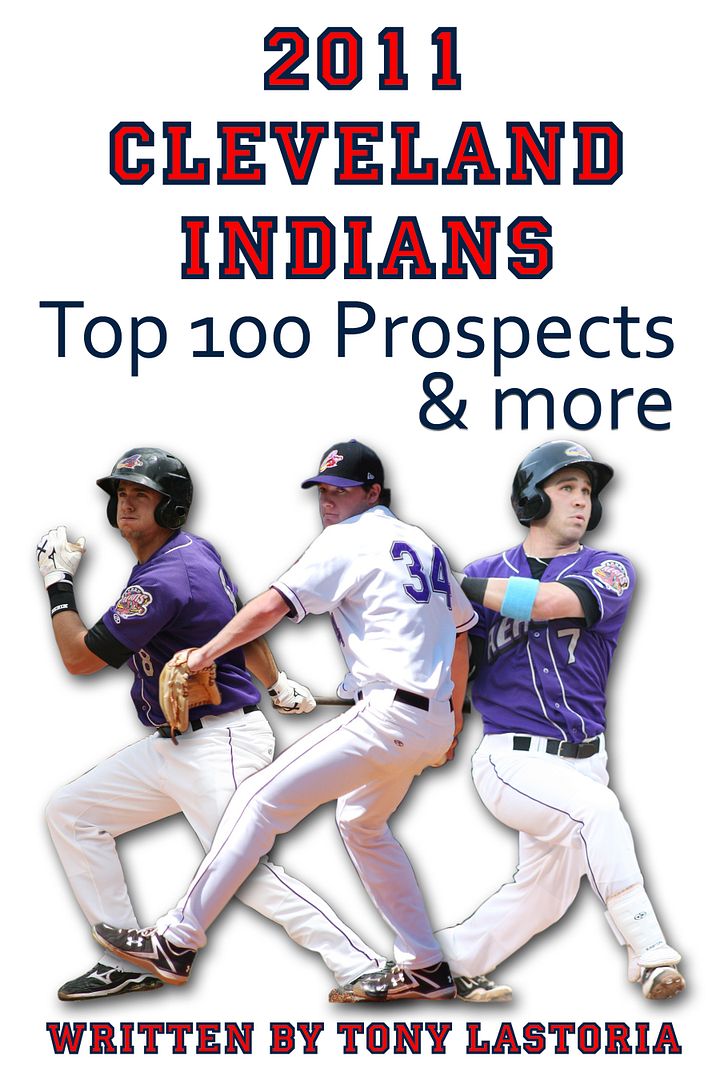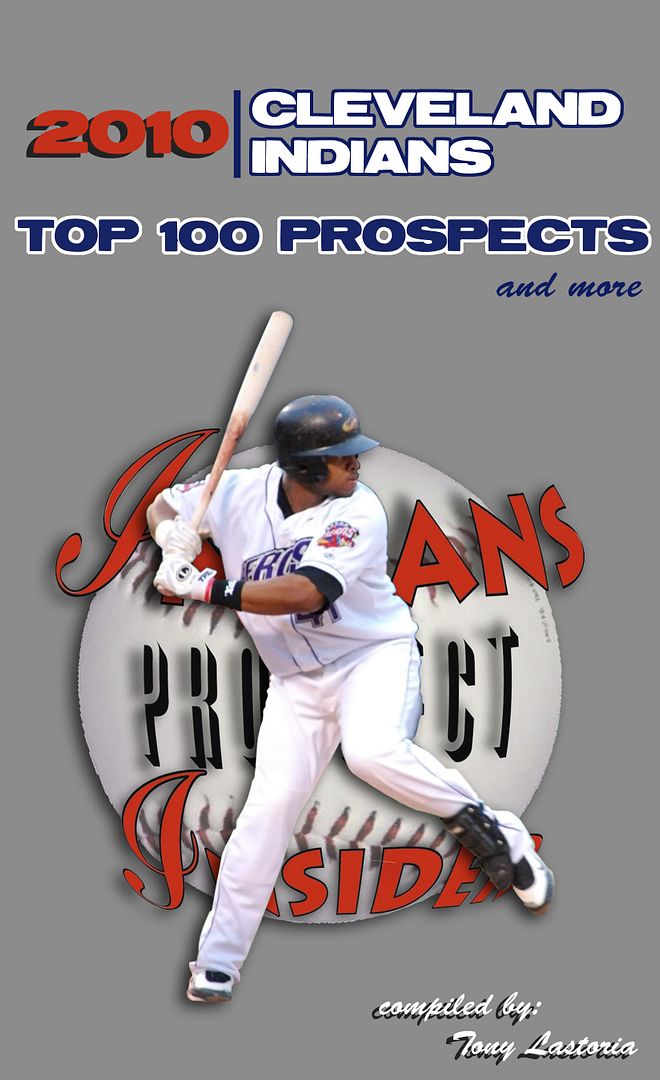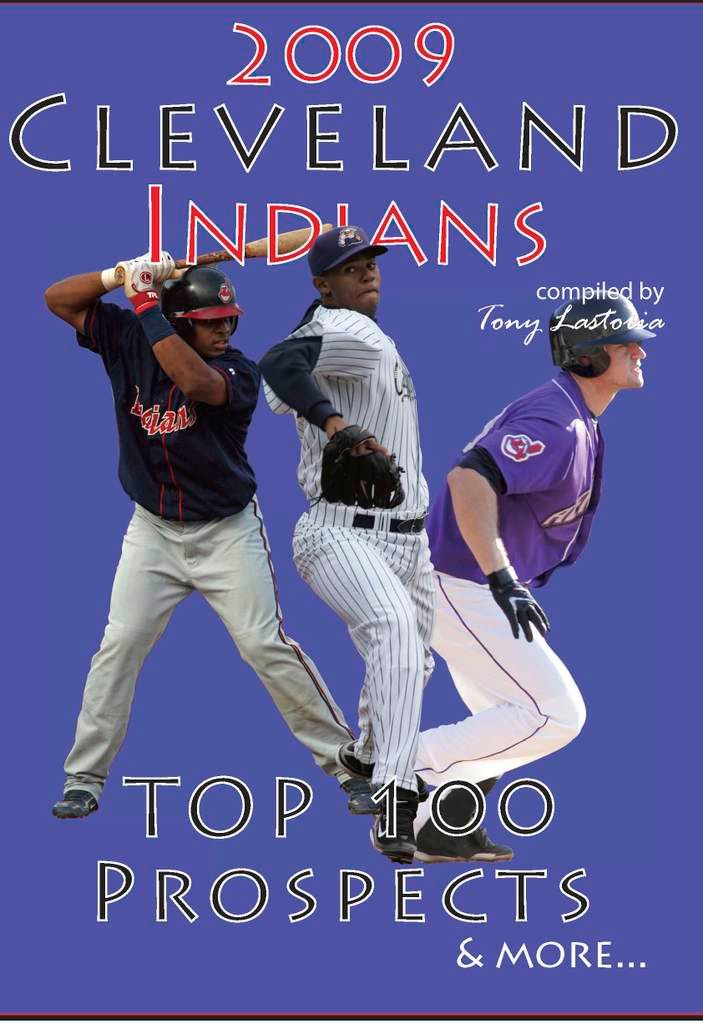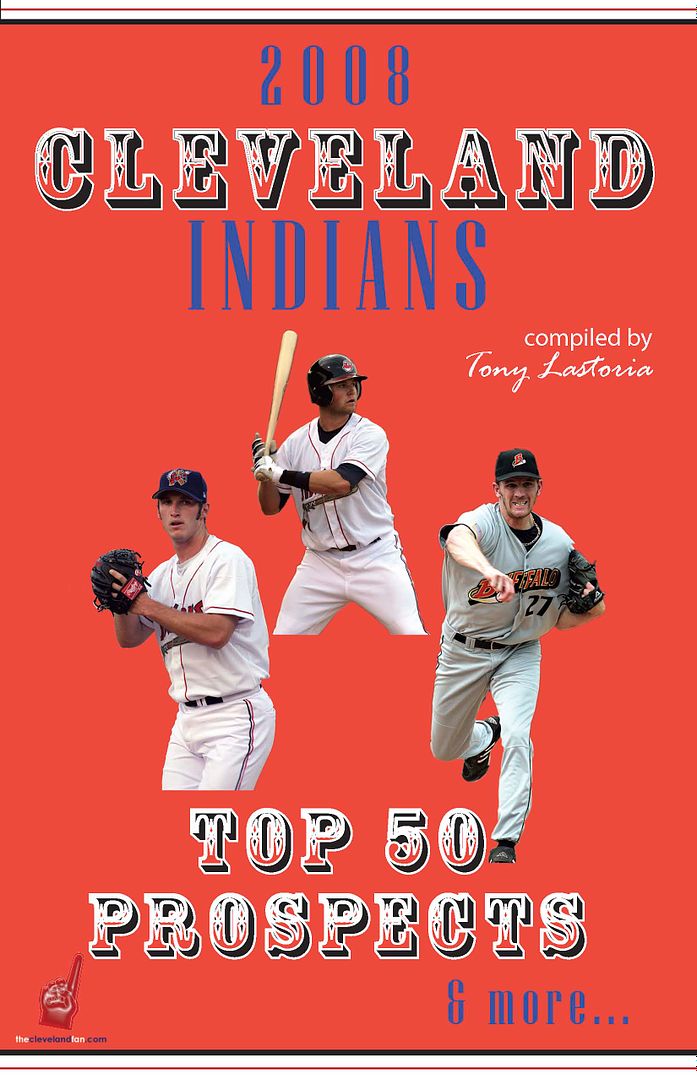My earliest memory of baseball stats was as a child going over to my grandmother's house and after everyone was done with the Sunday paper I would cut out the giant section of stats in the Sunday Akron Beacon Journal.
For those who don't remember or did not get the paper every Sunday they had just about every player listed in order of batting average with Indians players bolded, and then pitchers listed the same way in order of ERA.
Also, depending on space allotted, they would have small boxes of less than ten names for other category leaders such as home runs, runs, RBI, doubles, strikeouts, etc. I would keep the list and look at it randomly as a source of information, and in time this would lead to me making games using dice or whatever I had on hand to play baseball games and keep my own stats of my own games. This practice faded as I grew older, but then when I got to college we had the internet and stats were at my finger tips at all times.
Yet, I still only really knew about the basic old school stats, but then about five years ago I started playing OOTP 5. It is a free baseball game that you play and everyone manages one team. This game had stats I didn't know and thus I had no way to know how to completely and correctly judge my players.
So in addition of looking to see what the abbreviations stood for, I started to examine and learn what they meant stat-wise and what would be a good score for each stat. I often refer to that baseline as the 300 level, because growing up 300 was the baseline for what a good hitter should break.
Sadly, as I learned about these stats I began to realize that many of what I had relied on for years were half stats and did not tell a true story. This was about the same time Major League Baseball started figuring this out and hiring stat guys who were famous for advanced stats and different ways of judging players.
Last year I started I started examining some of the newer stats with a piece on base percentage, but this time around I wanted to focus in on slugging percentage. I plan to write on a variety of stats, so feel free to ask about some you don't know or anything you would like to see profiled. I know some dislike the new stats, but they are now a part of baseball and are not going away. If anything they are getting even more complex.
So what is slugging percentage?
There is a basic and easy way to understand the formula for it. Slugging percentage is singles + (doubles x 2) + (triples x 3) + (home runs x 4) all divided by the players' total number of at bats. The easier way is to say it is the total bases a player accumulates divided by the players' at bats.
The league average for slugging percentage is often considered to be .400 to .415. For a player to have been exceptional last season and make the top 30 in both leagues he would have had to post a .495 SLG.
As a comparion, last year the highest slugging percentage for the Indians was Asdrubal Cabrera's .460 SLG, though Carlos Santana was close with a .457 SLG. They were 62nd and 66th in the league respectively, which shows how the Indians really did lack a credible consistent power threat.
For those wondering about the Indians targets for the hole at first base, Carlos Pena posted a .462 SLG and Casey Kotchman a .422 SLG, and both players were in the bottom half of all qualifying first baseman last year.
The old school method used before was typically that power hitters were judged by how many home runs they hit and the ability to hit for doubles did not represent power. This new approach with calculating slugging percentage allows for all extra base hits to be a part of the evaluation. This allows evaluators to take advantage of the full concept of power as maybe a player only has doubles power, which is still better than no power at all.
Bottom line, slugging percentage is a way to judge how effectively a player hits for power and it allows for better evaluation of the teams we follow.















 Everything on this site is free, but for those interested in making any monetary contributions to help support the stability and growth of this site please click on the "Donate" button below.
Everything on this site is free, but for those interested in making any monetary contributions to help support the stability and growth of this site please click on the "Donate" button below.


7 comments:
Jeff,
I disagree with your apparent assertion that slugging % is a new stat. It's been around for as long as I recall. It measures 2 skills; (1) the ability to get on base (batting average) and (2) power (2Bs, 3Bs and HRs). Regardless of the fact that it measures 2 skills, it has been used historically to measure just the latter, i.e., power.
For the stat minded, slugging % has been replaced by Isolated Power ("ISO"). This is a measure solely of power, i.e., 2Bs + 3Bs + HRs.
I agree that slugging percentage is not a new stat as it has been around a long time. I think though what Jeff meant is that it is a new stat to the mainstream. I know in my case, growing up in the 80s, the only three stats I ever cared or paid attention to was average, HR, and RBI because that was typically what only showed on the TV or was in the papers. I'd get a good look at all the other stats on the back of baseball cards, but never paid attention to slugging percentage or on-base percentage. So while OBP and SLG are not new stats, they are in a way new stats as people now more commonly known them because of the advent of the internet and other sites which allow people to better follow, understand, and track them. I know up until the start of the 2000s I didn't pay attention to either stat myself...amazing how a few books and the internet has opened my eyes, and I am sure so many others, on so many stats that more accurately identify power, speed, hitting, pitching, etc. There are a few who knew of these stats for a long time thanks to Bill James et al, but really in the last 5-10 years stuff like OBP and SLG were hardly ever mentioned, and beyond that as well with more advanced stats like IOS, FIP, OPS+, VORP, etc.
Tony,
I guess my recollection isn't as good as yours, as it seems to me that slugging % has been been a stat daily newspapers have been providing for quite some time. Regardless, the purpose of my comment was two-fold. You've addressed one point.
My 2nd point is that, whether or not slugging % is an old or new statistic, it is typically cited as a measure of a player's ability to hit for power, when in fact the statistic measures two skills. So, referencing slugging % often misleads as to a hitter's true power.
As ISO segregates the power component embedded in slugging %, it is a superior measure. Accordingly, and I admit this is a pet peeve of mine, I have difficulty understanding why ISO isn't used more often when discussing the power (or lack thereof) of a particular player - particularly as here, where the discussion is on a web site that is frequented by baseball geeks who understand advanced statistical measures. In contrast, I can understand why Terry Pluto might not use such terminology, as his paper and web site are read by a broader audience.
The point of this series is to explain to any fan what these stats they hear about mean. My goal is to make this seem approachable and explain the newer ones they have heard. I am not saying its the best one, just better than what most of us grew up with. In time I plan to expand and get deeper and more advanced. The issue is most fans have heard of SLG, I would say less than 5% know ISO. Which is way it will be profiled later. The goal is to reach anyone who wants to know, and you never know what people know. Even on the boards which which would have the biggest baseball geeks of anyone, one would think, we still have people mention RBIS, wins, etc. Which shows that explaining all stats from the beginning would be most helpful if that makes sense. Thanks for the read either way.
D-Dawg, I agree....but I think Jeff was simply trying to explain the basis with SLG....not that it is better than anything else. He plans to explain ISO and other stats later on.
Triple Crown.
Growing up in the 50's & 60's, that's all we dreamed of achieving.
Average, RBI, HR's.
Colorado's thin air, 'roids, growth hormone, etc. have taken the luster
off the stats.
Any measure of a player has to be taken in context.
Ballpark, position in the order, lineup, etc.
Victor Martinez had a great year last year because:
1. He's a great hitter.
2. Miguel Cabrera is in the lineup.
How do you account for having a dominating hitter batting behind you
or even in front of you?
Jeff and Tony,
Fair enough. Look forward to the rest of the series.
Post a Comment